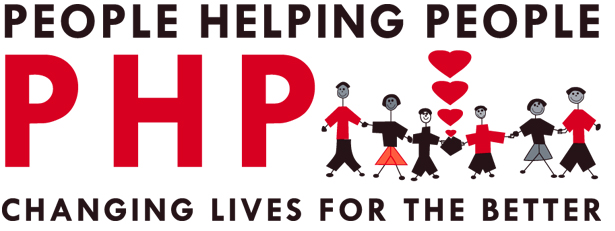By Dean Palius
In a recent opinion piece, Dan Walters of the “Sacramento Bee” quoted numerous U.S. Census Bureau statistics on population, housing starts, and needs. These numbers can be summarized like this: California’s natural population growth requires an annual average housing increase of 125,000 units. Unfortunately over the past ten years, only an average of 100,000 units per year have been added producing a big backlog (-250,000) which grows even larger when housing losses due to fires and demolition are added in. This production gap, dare I say chasm, has led to ever increasing rents and home costs. If you are an owner, perhaps this is good news. If you are just entering the housing market or are a renter, this is horrible news!
According to data from “Rentanomics,” California’s rents, averaging $2,050 for a two-bedroom unit, are about 50 percent above the national average and among the highest and fastest growing nationwide.
As I sit here in the Santa Ynez Valley, I think about the impacts on me personally which include my children who cannot afford to live here and the difficulty hiring for People Helping People. Candidates for jobs that do not already live here turn and run from the sticker shock or commute from Lompoc and Santa Maria. This adds significant costs, time, and stress to their work day and traffic and pollution to already heavily traveled routes. Even when they accept a job, these workers take their paychecks and volunteer time from the Valley to be spent in other communities and frankly, turnover at high rates costing our non-profit in reduced productivity and direct costs of recruitment.
However, my issues and those of PHP and other employers pale in comparison to the impact of rising housing costs on those living at or near poverty. For them, the 3,500 in the Santa Ynez and Los Alamos Valleys, the 125,000 in Santa Barbara County and the 15 million throughout California, the pain is a “10.” These families should pay 30%-35% of their income for rent but frequently pay over 50% and sometimes in the Santa Ynez Valley, 65% of monthly income for shelter. This just does not leave enough to pay for the other necessities such as food, utilities, healthcare, and clothing. Imagine the traumatic impact on children. And thus, poverty is exacerbated by high housing costs and the generational cycle persists.
Californians and their government representatives bemoan the housing crisis but have done very little to solve it. While a natural tension exists between developers/contractors and environmentalists, if we are serious about making inroads into reducing poverty and poverty’s negative societal impacts (crime, drug abuse, family disintegration, and public costs), perhaps this is a good time to find common ground to move forward on housing affordability. And perhaps, those of us who live here in the Valley might be just the ones to create an incubator for ideas that could lead to sustainable solutions. As a recent candidate for congress said, “we’ll talk later.” You can contact me at 686-0295 or dean@syvphp.org.
